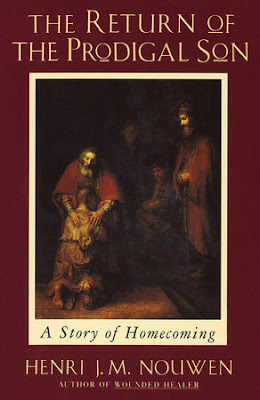Bible reading
‘… whatever is true, whatever is honourable, whatever is just, whatever is pure, whatever is pleasing, whatever is commendable, if there is any excellence and if there is anything worthy of praise, think about these things.’ Philippians 4. 8
Meditation
The artist
Paul Thek once wrote
96 Sacraments in one of his notebooks. By doing so, he celebrated everything around him and everything that was present to him, especially the small and everyday things.
‘To wake up. Praise the Lord
To breathe. Praise the Lord.
To touch the earth. Praise the Lord
To wash. To comb your hair. Praise the Lord.
To prepare breakfast. Praise the Lord.
To eat breakfast. Praise the Lord
To do the dishes. Praise the Lord.
To clean up. Praise the Lord
To write a letter. Praise the Lord.
To mail a letter. Praise the Lord.
To go out. Praise the Lord
To see the sun. Praise the Lord’
The things he celebrated can seem banal but, as our reading, suggests it is a godly thing to do to develop an attitude or habit of looking for the good in what is around us, the people we meet and the things we do. As the Carmelite lay brother,
Br Lawrence stated: 'we need only to recognize God intimately present with us, to address ourselves to Him every moment.'
Nor need we worry if the things we celebrate are small or mundane. Again, Brother Lawrence has a helpful reminder for us when he says: 'We ought not to be weary of doing little things for the love of God, who regards not the greatness of the work, but the love with which it is performed.'
I wonder whether our view of our day and those we are with would change at all if we were able to simply say ‘Praise the Lord’ in respect of each thing we do, each person we meet and each place we go to.
Prayer
Walk to work. Praise the Lord.
Greet the receptionist. Praise the Lord.
Get in the lift. Praise the Lord.
Acknowledge others in the lift. Praise the Lord.
Exit the lift. Praise the Lord.
Greet colleagues. Praise the Lord.
Find our desk. Praise the Lord.
Sit at our desk. Praise the Lord.
Turn on the computer. Praise the Lord.
Open emails. Praise the Lord.
Read emails. Praise the Lord.
Compose and send emails. Praise the Lord.
Answer the phone. Praise the Lord.
Attend meetings. Praise the Lord.
Begin tasks. Praise the Lord.
Complete tasks. Praise the Lord.
As we praise you, Lord, this morning,
We recognise that the world you created
contains much that is true, honourable, just,
pure, pleasing and commendable.
Keep us looking for these things
in the ordinariness of life
and praising you when they are found.
And may that blessing of God almighty,
Father, Son and Holy Spirit,
Rest upon you and remain with you always.
Amen.
--------------------------------------------------------------------------------------------------
Morten Lauridsen -
Prayer.



















































